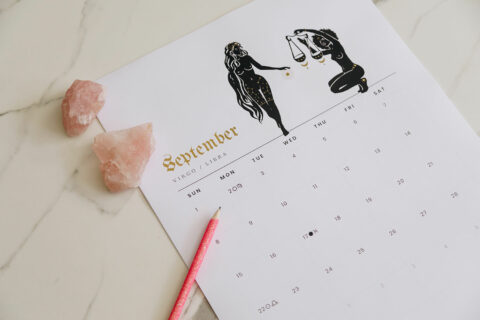If you’re new to the world of blogging, it can be an incredibly difficult practice to navigate. When you hear words like SEO and optimisation being thrown around, it’s only normal to be confused. But all of these terms are rather simple if they’re explained in the right way.
If you want to learn how to write a blog post, and one that is capable of ranking in Google SERPs (search engine results pages), then you’ve come to the right place. Here’s everything you need to know about creating content that ranks.
How to write a good blog post for SEO
SEO (search engine optimisation) is an important factor when it comes to creating blog content. If you want people to see your post, then getting it to rank organically (without advertising) in Google search results is the best way to do it. These are some of the practices that you can implement to write blogs that rank in Google.
Consider SEO Value
If you want to write posts that rank, you need to write posts that have SEO value. You want to create content that focuses on a keyword (something that users are searching for in Google). I like to use Ahrefs keyword planner, but there are plenty of other keyword research tools on the market.
If keyword research is not something you are familiar with, this is actually a service that I offer. If you would like me to work on your content strategy, please get in touch.
Optimize your blog title
In order to tell Google what your blog post is about, you need to optimize your title for SEO. Your title should contain your main keyword. Take the title of this post for instance, How to Write a Blog Post | Tips for SEO & Structure, it contains the main keyword ‘how to write a blog post’.
The main keyword should also be added as close to the front of the title as possible. But your title is not only there for SEO reasons, it should also entice readers to click on your article. A good title should be more than two or three words, but should still be within the suggested character count given to us by Google – 55 to 60 characters.
There are a couple of good title formats that you can try:
- Add a number e.g Top 10…
- Answer a question e.g How to…
- Add ‘Best’ to the front of the title to suggest authority
Use the correct blog structure
Using the correct structure for your blog post is equally as important as choosing an appropriate title. After your title, you want to introduce your readers to the subject you are talking about with a 1 – 2 paragraph intro.
You’ll then want to have a couple of headings and subheadings throughout the post. These headings should follow a logical order and should separate different ideas under the same topic. Your post should also have a conclusion at the end, containing a paragraph or 2.
Your conclusion should have a CTA (call to action) that persuades your readers to take action. Your CTA will be different for each post, depending on the goal of the post. It could ask readers to sign up for your mailing list, ask them to book a call with you or ask them to buy one of your products.
Make use of internal linking
Internal linking is the practice of linking from one of your posts to another. This is important for two reasons:
- It shows Google how your posts relate to one another.
- Provides easy access to related content for the reader.
It’s a good idea to link to relevant content on your website in each and every one of your blog posts. This may be difficult when you first start out and don’t have a lot of content on your site, but you can always go back and add links in later.
Pro tip: Make sure your internal links open in a new tab so that users don’t leave your blog post when they click on a link, it simply opens in a new tab.
Blog best practices
Now that you’ve got the basics down, here are a few rules you should try to follow to implement blogging best practices on your website.
Create in-depth posts
It is better to have one in-depth post about a topic on your site, than multiple smaller posts about the same topic. One in-depth post is easier to rank and prevents you from having keywords cannibalising one another.
Pay attention to word count
On average, you should aim to create blog posts that are between 1000 – 1500 words. It is incredibly difficult to rank any post that is less than 1000 words. Some blog posts can run up to between 3000 – 6000 words, but it all depends on the niche.
If you want to get a good idea of how many words you should aim for, take the main keyword you are going after and put it into Google. Take a look at the word count of the top 3 ranking posts for that keyword and use the average as your goal word count for the post.
Be intentional with your URL
Your URL for any post shouldn’t be the entire title of the post. It should be JUST the main keyword. It is also best to keep numbers and stop words out of the URL.
Final thoughts on creating blogs that rank
Blogging has proven to be an incredibly valuable investment for websites because if it is planned correctly, you are guaranteed to get more traffic to your site. Planning your blog posts correctly means implementing keyword research, using an SEO content strategy, and creating good quality written posts.
If you’d like help planning your content strategy, I can help you out with keyword research, blog content, or planning out your SEO content strategy. Book a free call with me so we can start making magic!





